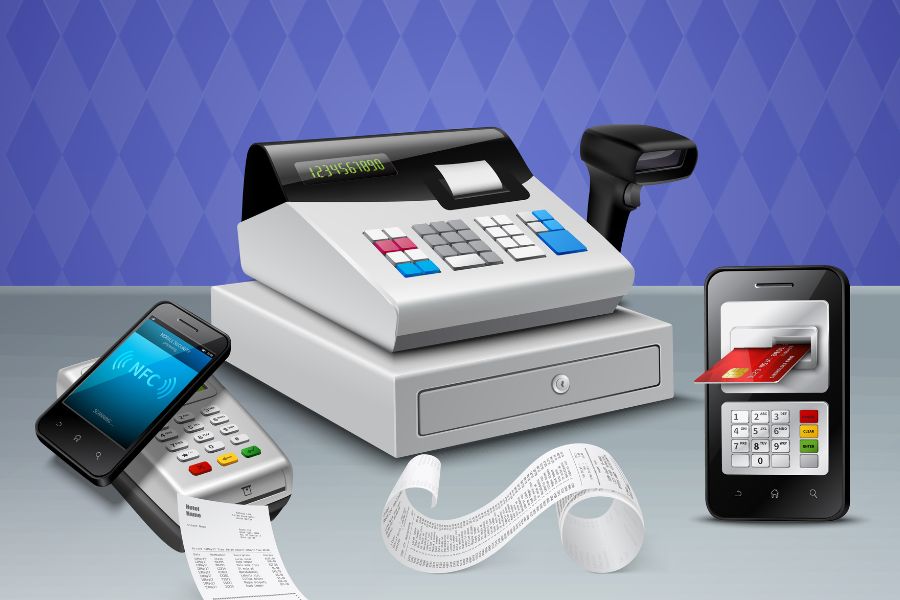The O2O model is a familiar phrase nowadays in the retail world. What exactly it is, and how it can bring revenue to business owners?
What is O2O (Online-to-Offline) model?
Online-to-offline (O2O) commerce is a business strategy that attracts potential customers to make purchases in physical stores through online channels.
In other words, customers are identified in the online space, such as by emails and Internet ads, and O2O businesses use a range of methods and techniques to entice them to buy items in physical stores. Therefore, this approach combines online marketing techniques with offline marketing techniques.
A simple example of this is when customers receive an email about a discount code, and then come to the offline store to purchase this discounted item.
Benefits of the O2O model
Since Eric Rampell invented the word O2O (online-to-offline) in 2010, we’ve seen many companies hop on board. But have you ever given it any thought about why did they do so? What are the real advantages of an O2O strategy, apart from using the new ‘buzzwords’ in a company report?
In several cases, companies that use an O2O approach can improve their brand reputation. Using online places is a great way to promote your brand – as you have various communication tools to use, ranging from audio-visual to texts. While your offline store transforms visitors into buyers, an online place helps spread the brand image and attract a larger scope of customers, including those who may not have heard of your store before.
Moreover, the O2O model can also increase your revenue and customer loyalty. It is also a form of loyalty management, when companies make use of emails or text messages to inform customers about the latest discounts and persuade them to come back. This makes the shopping experience more rewarding and enjoyable. In the long run, your store can start gaining more revenue.
How to start your O2O business
According to a survey, 98% of marketers believe that online and offline marketing are merging. What does this mean for offline companies who think they’re losing ground to online competitors? The answer can be, they should adopt an O2O (Online to Offline) business strategy.
In the most general way, marketers may use consumer insights to build and test new digitally-led experiences and business models in the sweet spot between the physical and digital worlds.
Begin gathering information from tourists and customers. This is the starting point for your O2O plan, and it could be the most critical factor. Most of the fancy eCommerce valuations you see are based on results. Merchants must set up a system that collects information such as name, email, and mobile number and then adds transaction history and other data points. Additionally, customers should also be rewarded with deals and freebies for sharing their data via website, text message, or social media.
Then, businesses should segment the customer data to point out those who are the most likely to be your clients. After that, send them emails about the latest offers, event invitations or a happy birthday code. The key takeaway here is to be as appealing and personalized as possible. You may want to use email tools such as MailChimp or Constant Contact. Similarly, you can try using social media to reach out to customers.
Wrapping up
The O2O model is a potential way to attract more customers to your business in an organic way. In order to execute this strategy smoothly, we advise you to try a point-of-sale system to manage data on multiple platforms and build a great omnichannel experience. With the above-mentioned features, ConnectPOS can accompany you with your O2O model. Talk to us for more details.



